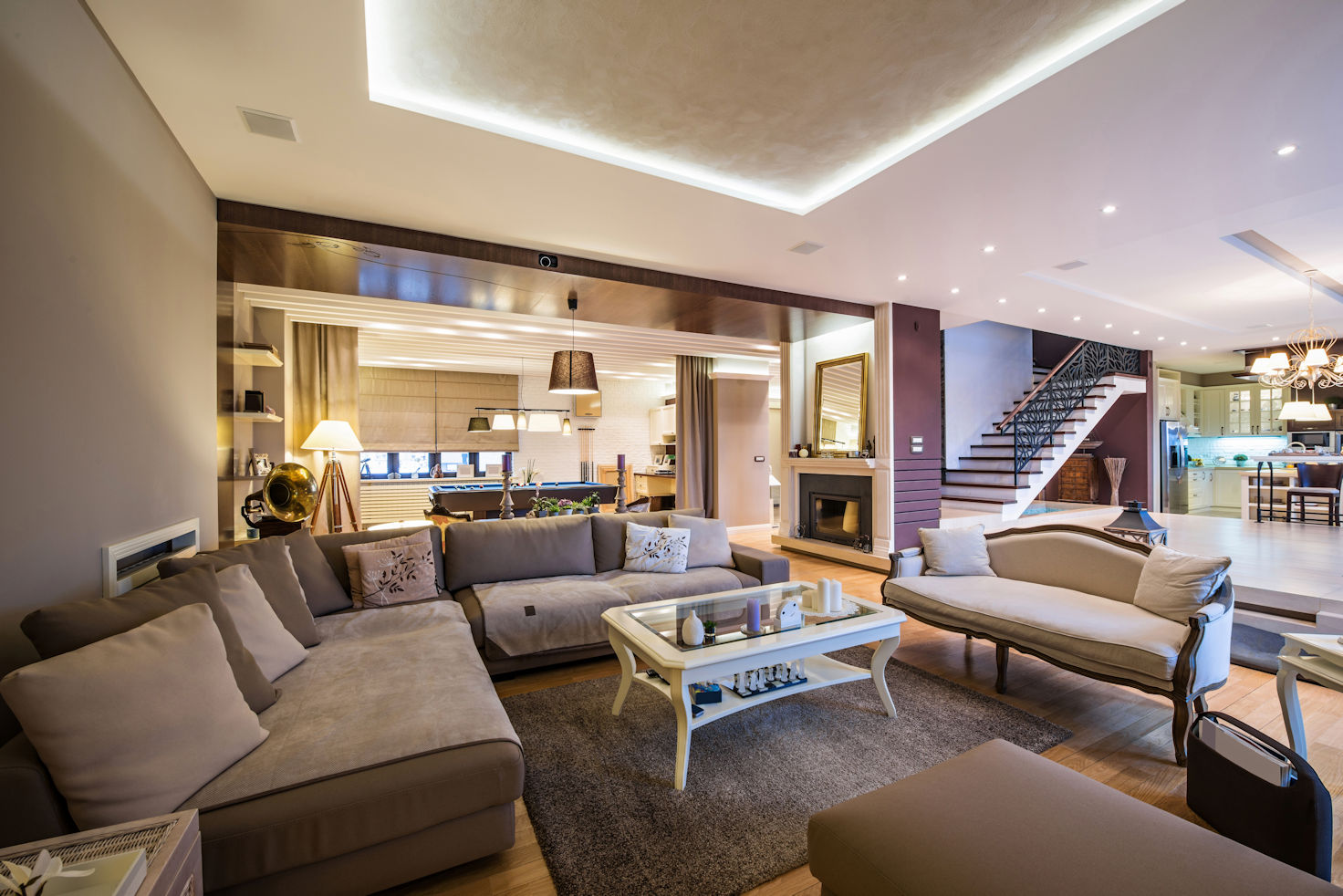As I have written many times, most doors in a means of egress are required to unlatch with one releasing operation – turning the lever handle, pushing the touchpad or crossbar on panic hardware, etc. In a past Decoded article and other posts, I addressed an exception to the 1-operation rule – dwelling units and sleeping units in multi-family residential buildings.
 Entrance doors to these units – hotel rooms, apartments, condominiums, dormitories, and similar spaces – are allowed by the model codes to have an additional lock such as a deadbolt, security chain, or door guard, and two releasing operations are acceptable. Based on some recent questions, I’d like to clarify a couple of things.
Entrance doors to these units – hotel rooms, apartments, condominiums, dormitories, and similar spaces – are allowed by the model codes to have an additional lock such as a deadbolt, security chain, or door guard, and two releasing operations are acceptable. Based on some recent questions, I’d like to clarify a couple of things.
1) The International Building Code (IBC) limits the exception for two releasing operations to multi-family dwelling units with an occupant load of 10 people or less.* The occupant load factor for residential occupancies is 200 gross square feet per occupant (this Decoded article explains how to calculate the occupant load), so a 2,000-square-foot dwelling unit has an occupant load of 10 people.** The IBC exception would not allow a dwelling unit larger than 2,000 square feet to have entrance doors with hardware that requires two operations to unlatch, so a mortise lock with a deadbolt would be the recommended application for those doors. These large dwelling units are not uncommon, so it’s important to keep this limitation in mind when specifying or supplying hardware.
2) This exception is limited to residential occupancies – as defined by the applicable code. What looks like a residential occupancy may actually be a different occupancy classification or use group. For example, a residential board and care facility for 5-16 residents is classified by the IBC as Group R-4, a residential occupancy. Entrance doors serving the individual units in these buildings could have hardware that requires two releasing operations. But a residential board  and care facility with more than 16 residents is classified by the IBC as Group I-1, an institutional occupancy. The exception for hardware with two releasing operations does not include institutional occupancies, and these dwelling units would require hardware that will unlatch the door with one operation. Be sure to verify the occupancy classification/use group before selecting the hardware for dwelling unit entrance doors.
and care facility with more than 16 residents is classified by the IBC as Group I-1, an institutional occupancy. The exception for hardware with two releasing operations does not include institutional occupancies, and these dwelling units would require hardware that will unlatch the door with one operation. Be sure to verify the occupancy classification/use group before selecting the hardware for dwelling unit entrance doors.
Any questions?
*Note: 1- and 2-family dwellings are covered by the International Residential Code (IRC), not the IBC. The requirements of the IRC differ from the IBC; the above information applies to multi-family buildings that are required to comply with the IBC.
**Also Note: It may be possible for a 2,000 SF unit to have an occupant load of less than 10 if the pantry/closet/storage areas are considered accessory storage areas (300 gross square feet per person) and rooms containing mechanical equipment are considered mechanical equipment rooms (300 gross square feet per person) for the purposes of calculating the occupant load.
Photos: Shutterstock/foamfoto, PDC Midwest Inc.
You need to login or register to bookmark/favorite this content.






Your analysis applies ONLY to those residential occupancies regulated by the IBC. A 2,000 sf one- or two-family dwelling built under the IRC would not have this restriction. The IBC would apply for Group R occupancies under the IBC, not the IRC.
Yes – that is correct. I will revise the post to make it completely clear that I am only speaking of multi-family dwelling units. I don’t work with single family residential. Thanks for pointing that out.
– Lori